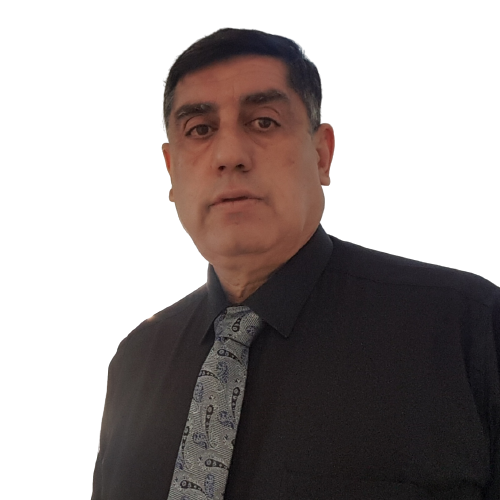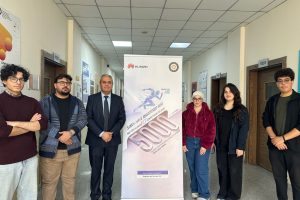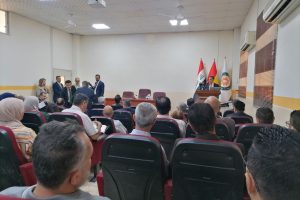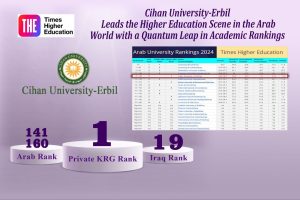
A Cihan University-Erbil Assistant Lecturer Published a Research Article with Elsevier
Assistant Lecturer Adil Hussein Mohammed from the Department of Communication and Computer Engineering at Cihan University-Erbil published a research article entitled “Optimal design modeling of an energy system for a near-zero energy restaurant with green hydrogen energy storage systems ” in the Fuel .
About the author:
Name: Adil Hussein Mohammed
Qualification: MSc
Academic rank: Assistant Lecturer
Affiliation: Department Communication and Computer Engineering, Cihan University-Erbil
TAP: https://sites.google.com/cihanuniversity.edu.iq/adil-mohammed/home
Google Scholar Account: https://scholar.google.com/citations?hl=en&user=BACLO8MAAAAJ
ORCID account: https://orcid.org/0000-0002-6531-2051
Publons account: https://www.webofscience.com/wos/author/record/2388525
Journal Coverage:
https://www.sciencedirect.com/journal/fuel
Title: Fuel
Science Citation Index: https://mjl.clarivate.com:/search-results?issn=0016-2361&hide_exact_match_fl=true&utm_source=mjl&utm_medium=share-by-link&utm_campaign=search-results-share-this-journal
Science Citation Index Expanded
Clarivate Analytics (Wos: IF = 7.4)
SCOPUS: Q1
Publisher: Elsevier GMBH
Country: Netherland
About the Paper:
Title: Optimal design modeling of an energy system for a near-zero energy restaurant with green hydrogen energy storage systems
DOI: https://doi.org/10.1016/j.fuel.2023.128896
Abstract:
In this research, we want to analyze the consumed energy of an nZEB restaurant in a typical city to anticipate tourists. The energy of this restaurant is supplied through solar panels and electricity grids and we use the hydrogen storage tool because of its advantages to store energy. In this regard, Using the Fanger model, the thermal comfort of passengers was assessed, the energy consumption rate was obtained for the refrigerator,HVAC, lights, and systems, and the consumed water of the restaurant is supplied. Trnsys software was used for this simulation, and the transient performance of the mentioned nZEB in a year is evaluated by Trnsys software.
PV panels are used to supply the consumed electricity of the building, A tank stores hydrogen and the extra produced electricity that can be used as needed if sunlight is scarce or electricity is needed. A solar collector is used to generate hot water, and a water tank is used to store the generated hot water. A heat pump is used to supply the cooling load and heating. The consumed hot water by the dwellers is supplied using the stored hot water. With the help of MATLAB software, the Fanger model is used to evaluate the thermal comfort of dwellers. The energy and performance of the restaurant refrigerator are obtained by TRNSYS and EES software. The results show that a significant part of the restaurant’s electricity is supplied using 140 PV panels with 0.89 area. In addition, the initial hydrogen pressure tank was lower than the final hydrogen pressure tank. In this regard, energy for the heat pump, refrigerator, light, pump, fan, and compressors is supplied well. Using 16 square meters of solar collectors, the building gets its hot water. Furthermore, the restaurant’s air conditioning system provides thermal comfort throughout the year. As a result, using the building roof area for ZEB can significantly reduce the greenhouse gas emissions of Doha.



